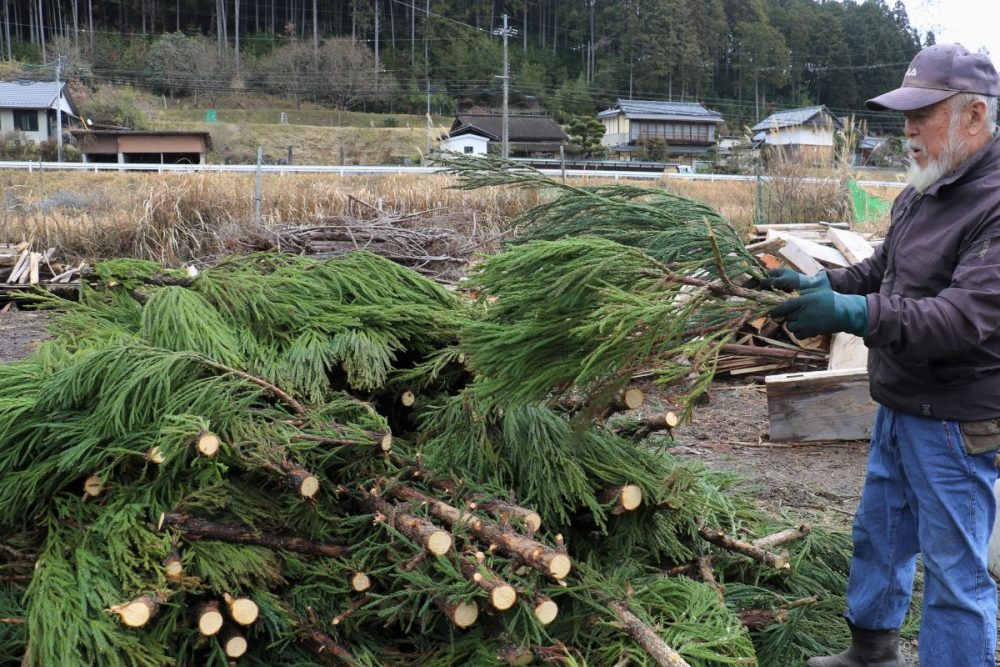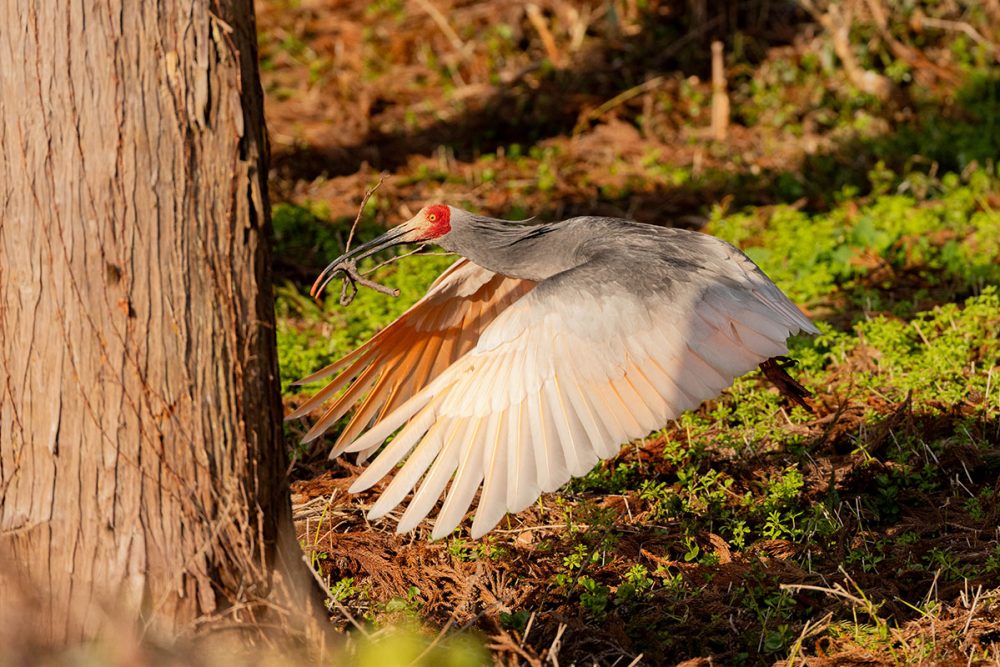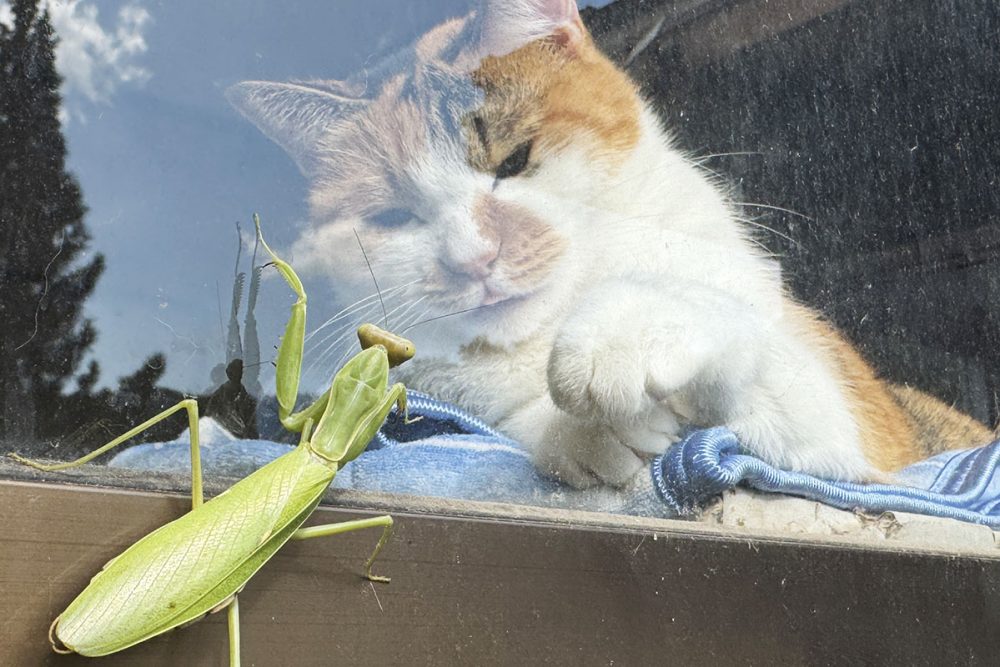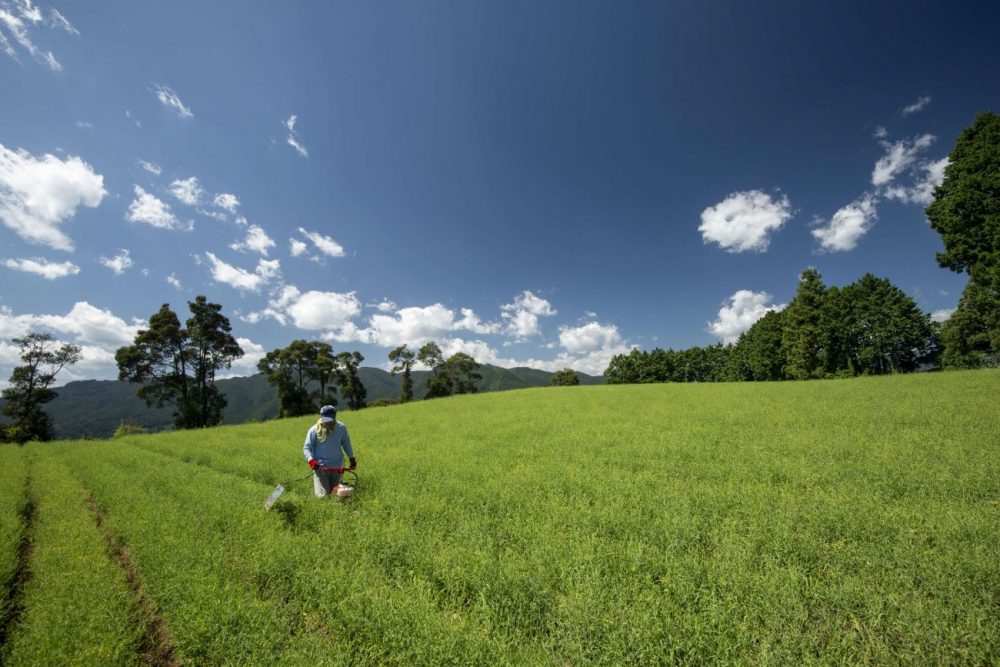[Sado Wildlife in Focus] Extra Colorful Ibis: For a Limited Time Only
Photojournalist Fumie Oyama delights again with some rarely-seen images of extra colorful crested ibis and an insider's view of their release into the wild.

このページを 日本語 で読む
For a limited time, the beautiful orange feathers of some Japanese crested ibis are extra colorful – painted in hues of red and blue. Designated a national treasure, these endangered birds have their wings painted before release into the wild. Ibis with painted wings are a special sight on Sado Island. In fact, uninformed tourists often mistakenly believe the bird to be this colorful naturally.
Vivid and Surprising Colors
Of course, red and blue are not the natural colors of the crested ibis. Once extinct in Japan, the bird has been reintroduced to the wild on Sado Island. September 29, 2023, marked the 29th release of birds bred in captivity.
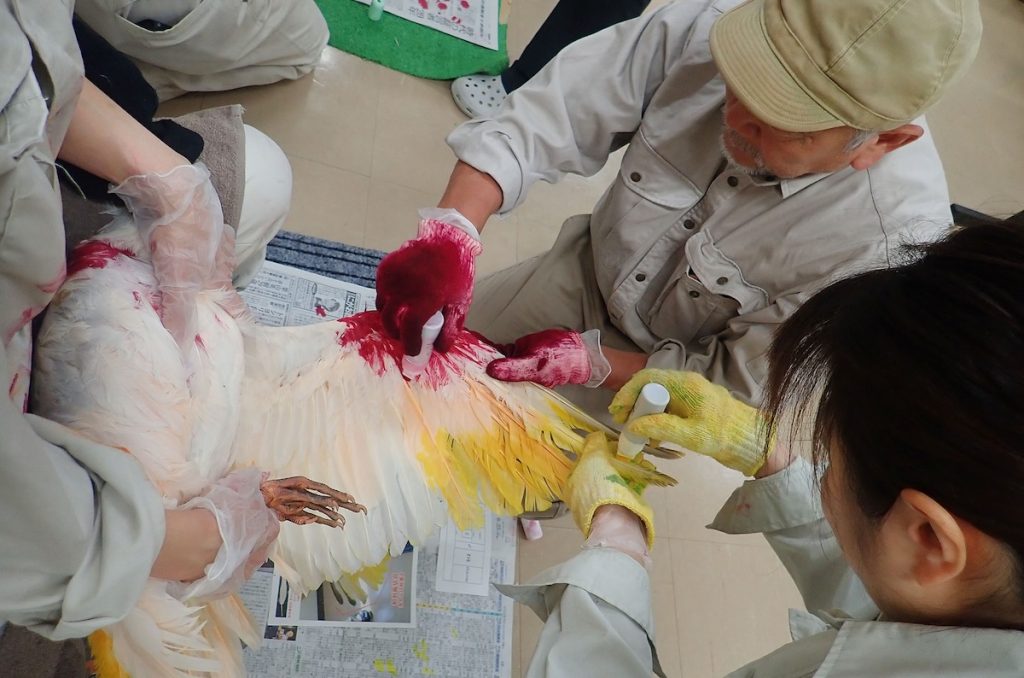
Before their release, the ibis' wings were painted in two places on the inside and outside using animal markers. The birds were also tagged with leg rings, but the colors allow for distinguishing between birds in flight.
For a Limited Time Only
The five colors used for marking are red, blue, yellow, green, and orange. There are no specific rules on color combinations, with two colors used to color-code individual birds. Birds are released twice a year, in spring and fall, with different combinations used each time.
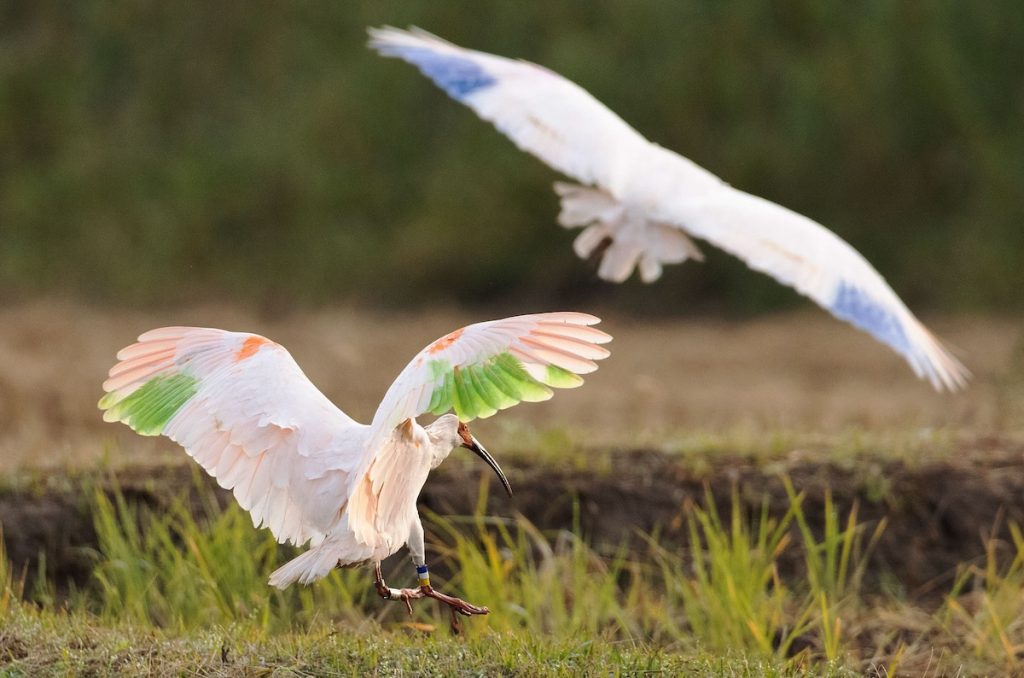
While the purpose is to identify the birds, the system works only for a limited time. Crested ibis shed their feathers from summer to fall each year, so painted birds can only be seen in certain seasons. According to the Ministry of the Environment's Sado Nature Conservation Office, yellow and orange are not often used because they are less conspicuous.
A Team of Three
Veterinarians and other staff work in teams of three. They blindfold the birds to ensure they remain calm while their wings are painted. One person is in charge of each color, with the third person holding the bird. It takes about 10 minutes for each bird to be painted and fitted with a leg ring.
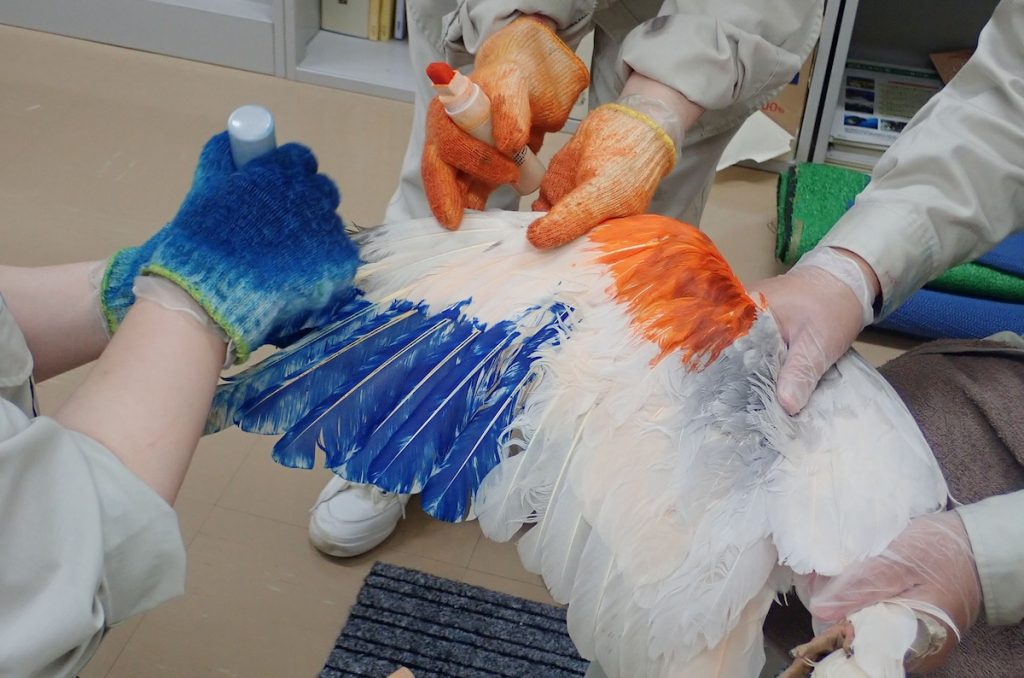
Afterward, the birds are placed in acclimation cages used to help them adjust to life in the wild, including catching prey, before their release.
Safety Considerations
Some may raise concerns about the health effects of painting on the crested ibis. However, staff use oil-based animal markers so that the colors do not fade due to rain, and use only designated dyes that have been evaluated for safety.
Animal markers are often used in animal testing and experiments. According to the staff, the crested ibis may be the only example of an animal released into nature painted with markers.
After the birds shed their feathers, identification must rely on the leg rings. But even with binoculars, reading the numbers on these rings is extremely difficult.
Click here to read more Sado Wildlife in Focus photo essays by photojournalist Fumie Oyama.
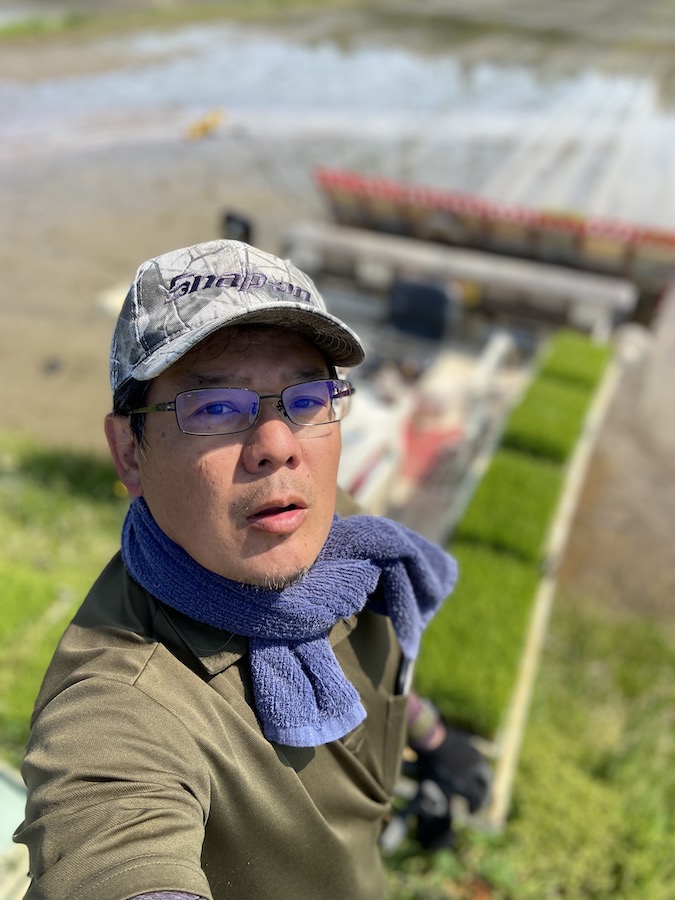
Fumie Oyama is a two-time winner of the Japan Newspaper Publishers & Editors Association Award as a photographer for the Sankei Shimbun. After covering the reintroduction of the crested ibis to the wild for 11 years, Oyama left the company in 2020 to move to Sado Island. There, he continues to photograph the ibis and other wildlife while engaging in farming. He currently promotes the charms of Sado Island as a photojournalist. Follow Fumie Oyama on Instagram.
このページを 日本語 で読む







